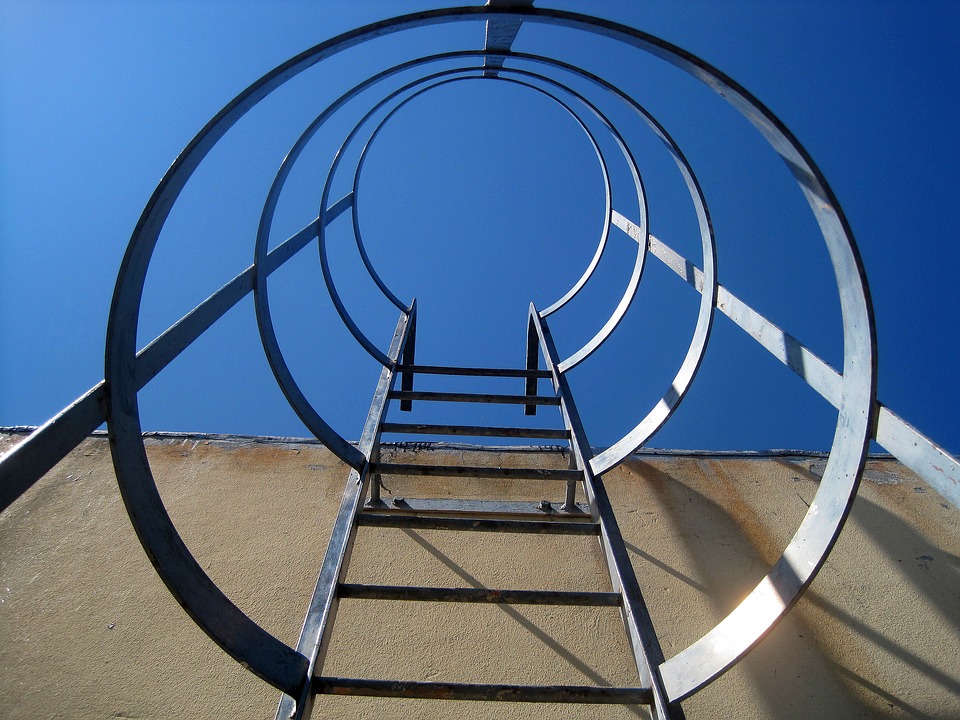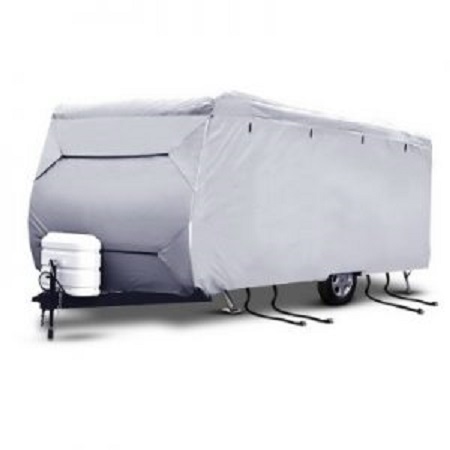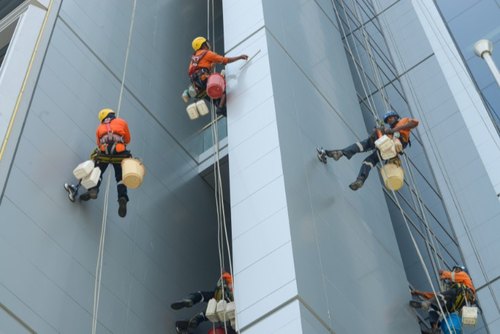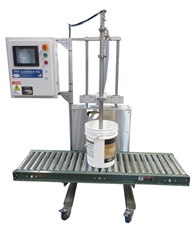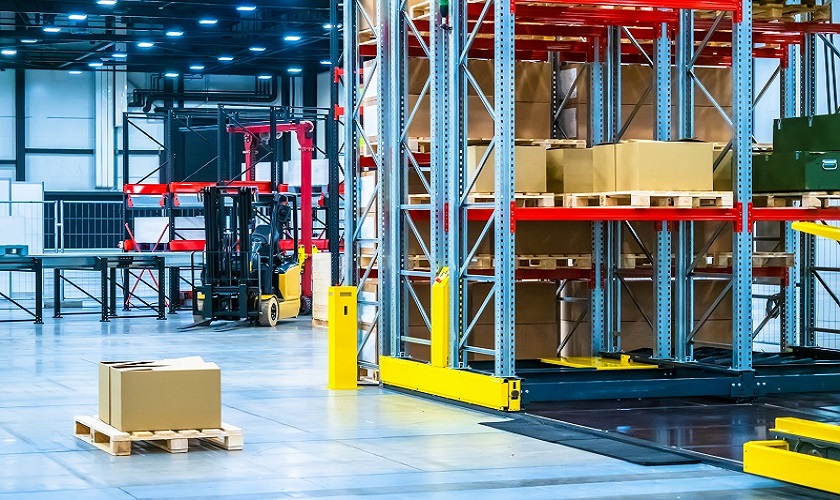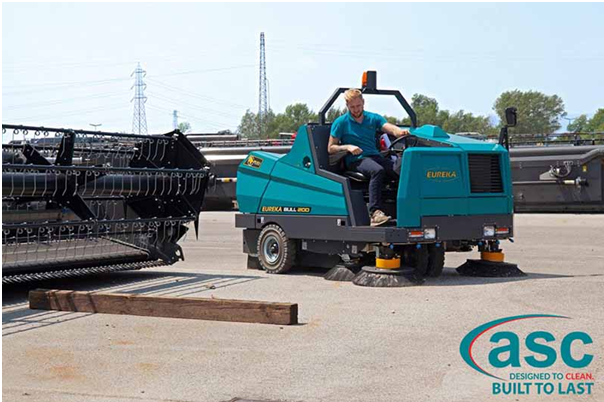Fixed access ladders are a very common sight on the roofs of modern housing complexes and residential and commercial colonies. These are ladders set to the wall, allowing you to reach the required height without worrying about where to prop a mobile ladder or at what angle to keep it. Here we are, with the most essential safety tips that you must consider before using fixed access ladder.
A Visual Inspection is Crucial
Visual inspection is absolutely necessary to decide whether or not you should climb the fixed access ladder in front of you. The things you must look out for are:
- Protruding Metal Pieces and Nails, or a bent and torn cage, can be dangerous for climbing, as they can snag on clothing easily. These bits of metal can also scrape and cut your skin, presenting a potential health hazard to yourself when using fixed access ladder.
- Rungs that are glistening in the sun are usually coated with slippery oil and water, making it difficult to climb the latter without slipping and falling.
- There runs the risk of having beehives or wasp nests close to the mainframe in using fixed access ladder. A visual inspection will save you from a painful demise. Being 10 feet up in the air is a terrible situation to realize that you face thousands of dangerous critters that think that you are attacking their home.
- Spider webs are the most important thing you should look out for when using fixed access ladder . In forest bungalows and woody regions, this is a significant problem that most houses face, as wood spiders tend to build their nests high up in the ladder, between the rungs and the cage. These spiders can be large or small, but confronting them unexpectedly is a fate most would want to avoid.
Height of the Ladder determines the availability of a cage
Whether or not a ladder has a fall-arrest cage depends on its height from the ground. Usually, industry standards specify that if a ladder is more than 24’ tall, it must be equipped with an effecting fall-arrest system. Though it is difficult to gauge such heights with the untrained eye, we can assume that if a ladder goes beyond one storey, it has to have a fall-arrest cage. Even then, it is recommended not to climb without proper knowledge of the fall-arrest system and the right protective equipment for yourself.
Rigidity is a good benchmark to decide whether a ladder is safe or not
The rigidity of a ladder is essential to be taken into consideration when gauging its safety. While the quintessential “pull test” is not enough to get an idea, visual indicators can help you with the same. When you climb a few rungs, try to sway back and forth ever so slightly, by shifting your weight. If the ladder starts wobbling, it is a good sign that it is very unsafe to be using fixed access ladder. Additionally, try to look for loose bolts, rusted rungs, or corroded metal parts.
Conclusion
Any of these above-mentioned factors areserious enough to dissuade you from taking the proverbial “Stairway to Heaven”. The rigidity and durability of a ladder are also applicable for its fall arrest cage. In many situations, rusted cylindrical cells may be hazardous for climbing, as leaning back on them can force them to break and fall apart. Being an encircling cage, the sudden falling weight may cause broken components to come in contact with your skin, resulting in deep gashes and fatal injuries.
Also, using fixed access ladder during rainstorms, windy winter days or severe snowstorms and hail can be the ideal disaster recipe. Safety should be your very first priority.

 Jack
Jack